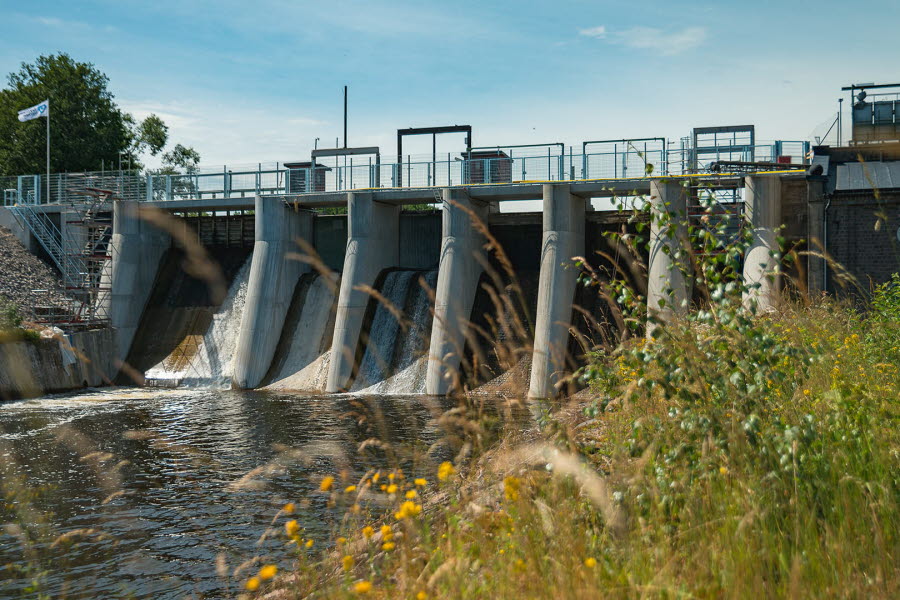What is electricity trade (elhandel)?
Nord Pool, the Nordic electricity exchange, is the shared marketplace for trading electricity in the Nordic region. This is where the electricity producers sell their electricity to electricity supply companies. The price on the exchange is governed by supply and demand in exactly the same way as on a normal share market. The electricity supply companies then sell the electricity on to you and to other customers on the electricity grid (elnätet). You buy your electricity from an electricity supply company by entering into an agreement.
The electricity market (elhandelsmarknaden) in Sweden is deregulated, which means that you can choose whichever electricity supply company you want. In fact, you can keep the same electricity supplier no matter where in Sweden you may move to. If you have not made a choice when moving to a new grid region, you will automatically receive a designated contract (anvisningsavtal) agreement from your power transmission and distribution network company. These contracts are a little more expensive, so it is a good idea to choose a different agreement that offers you a better price as soon as possible.



